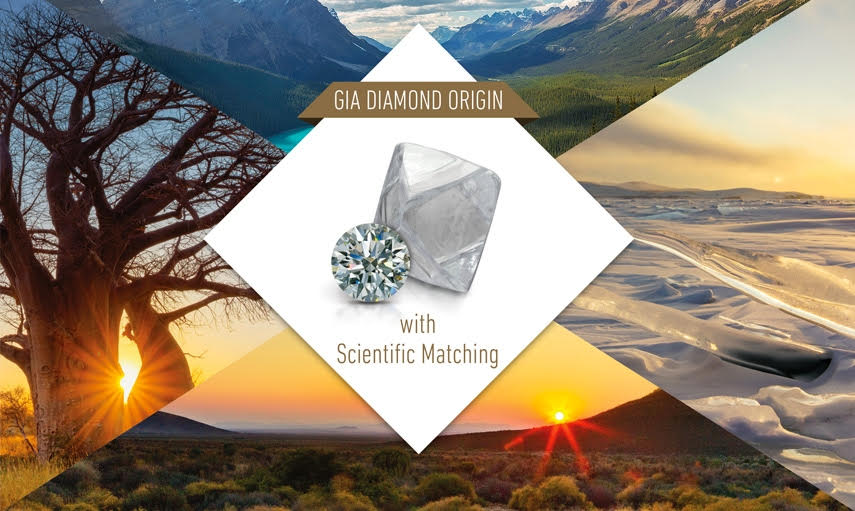Promotional diamond catalogue
Are you looking for a diamond on sale? Discover on this page all our diamonds in promotion at very competitive prices for diamonds weighing from 0.15 carat to 1 carat and more .. Diamonds since 1888, we make it a point of honor to offer you the offer as competitive as possible so that you can buy a diamond at the best price. The quality of each of our diamonds in the catalog is always certified by one of the three largest independent laboratories and recognized worldwide as the best: GIA, HRD and IGI. You can refine our diamond price list according to your criteria of carat (diamond weight), color, clarity, cut quality, certificate and according to your budget. The delivery time for a diamond is 1 to 2 weeks. Online purchase by credit card, PayPal, credit card in 3 installments free of charge, by credit card with down payment on order and balance on delivery, by check or by transfer is secure. Delivery is guaranteed and offered regardless of the carat weight and value of the diamond purchased. For more information, please feel free to contact us.
Read more CloseThe choice of the expert
The diamond selectionWe recommend the following 5 selections
To help you choose, we recommend 5 categories of diamonds that correspond to different purposes: Volume (maximizing weight), Balance (compromise weight and quality), Perfection (maximizing quality), Cut of heart (the i-diamonds recommendation), Promotion (one-time price offer).

Volume effectmaximize the weight of the diamond relative to its price, I-J color and SI1-SI2 clarity

Choice of balancefavor a good balance of color / clarity: F-G / VS1-VS2

Perfectionmaximize the quality of the diamond with the best criteria of color and clarity: D IF

Favorite's choicediamond selected by i-diamants for its shine, D-E color, VS1 clarity, cut criteria all rated

Promotionsdiamond with a 5% promotion
Carats / Diamond weight
Move the diamond weight slider and view the rendering on a hand, chest or ears.
Carat
mm (Approx.)
0,30 Ct
4,30 mm
0,40 Ct
4,60 mm
0,50 Ct
5,00 mm
0,70 Ct
5,70 mm
1,00 Ct
6,30 mm
1,25 Ct
6,90 mm
1,50 Ct
7,30 mm
Equivalence for round brilliant diamonds
Examples of different diamond measures

0,30 Ct

0,50 Ct

0,80 Ct

1,00 Ct

1,50 Ct
Diamond colours
Our recommandation
We recommend diamonds with a white hue between D (exceptional white+) and H (white) because the whiteness of the diamond increases its brilliance. From color grade I and J (slightly tinted) onwards, diamonds are slightly yellow-tinted: avoid on white gold and acceptable on yellow gold.
D-EExceptional white
F-GExtra white
HWhite
I-JSlightly tinted
K-MTinted white
N-ZVery tinted
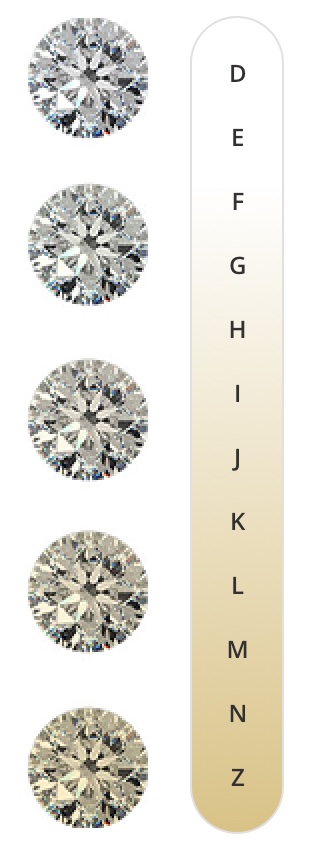
Diamond clarity
Our recommandation
We recommend that you avoid choosing a Pique diamond, because inclusions are easily seen with the naked eye, alter the brilliance and can even weaken the stone. The clarities included in VS and SI1 are the most recommended , unless you have the budget to let yourself be tempted by IF or VVS clarities, which sign the diamond in its highest dimension: that of purity.
IFPure
VVSVery very small inclusion(s)
VSVery small inclusion(s)
SISmall inclusion(s)
PIncluded
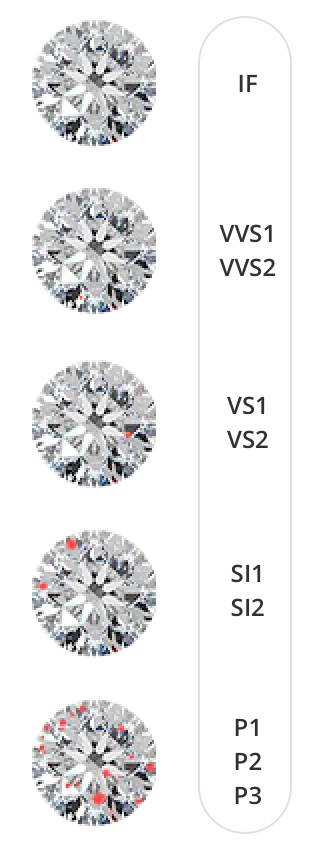
IF : Pure
No inclusion inside the stone
VVS1 VVS2 : Very very small inclusion(s)
Very difficult to see with a 10X magnifying glass
VS1 VS2 : Very small inclusion(s)
Difficult to see with a 10X magnifying glass
SI1 SI2 : Small inclusion(s)
Easy to see with a 10X magnifying glass and difficult to see with naked eye
P1 P2 P3 : Included
Easy to see with naked eye
Diamond cut
When a diamond is well cut, light reflects from one facet to the other, making the most of the diamond's high refractive property. A less well-cut diamond lets some of the light escape.
Our recommandation
We advise you to choose a diamond with a quality rating equal to Excellent (EX) or Very Good (VG) to maximize the refraction of light and therefore the diamond brilliance.
EXExcellent
VGVery Good
GGood
FFair
PPoor
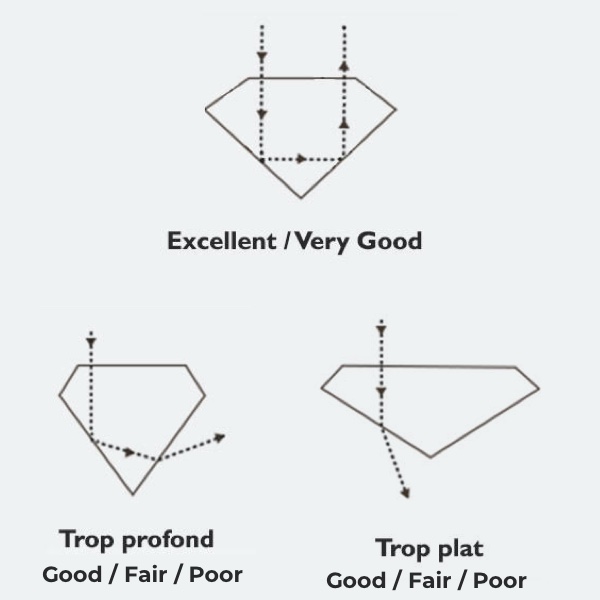
Most recognized certificates: GIA, HRD and IGI
Always ask to see the certificate before purchasing a certified diamond. For all of our certified diamonds, we display a link (GIA, HRD or IGI) that you can click to view the diamond’s full certificate.
We only offer natural diamonds accompanied by a certificate of authenticity and quality issued by one of the 3 most prestigious and world-renowned laboratories: GIA, HRD and IGI. The certificate number is engraved on the girdle (circumference) of all our HRD, IGI and GIA certified diamonds.

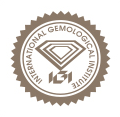

Laser engraving
The three major diamond certification laboratories HRD, IGI and GIA laser engrave the certificate number on the girdle (circumference) of the diamond. The certificate number is therefore engraved on all our HRD, IGI and GIA certified diamonds. This is a proof of the good match of the diamond and its certificate. The inscription is very small (to preserve the purity of the stone) and very difficult to read with the magnifying glass 10X.
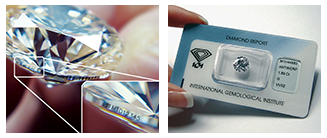
If you order only the diamond (without the jewel), it will be delivered under seal in a rigid plastic pouch (see photo below) for diamonds certified by HRD or by IGI. For GIA diamonds, the seal must be specifically requested in the comments field during the ordering process.
Diamond Fluorescence
Fluorescence is a luminous effect that some diamonds exhibit when exposed to ultraviolet light. They show visible light, usually blue.
Our recommandation
Since fluorescence may in some cases give a milky diamond appearance, prefer a diamond without fluorescence ("None" or "Nil")
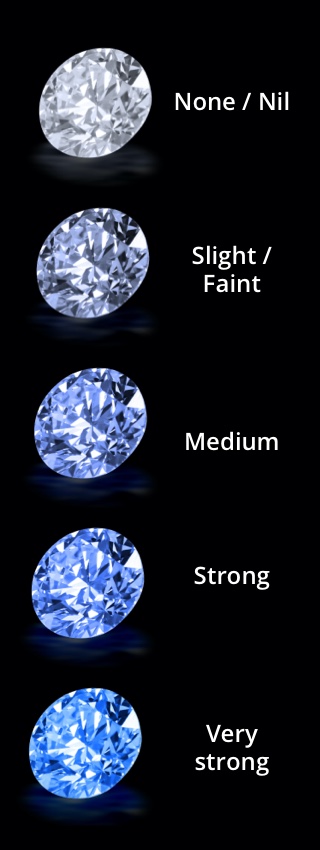
None or Nil
Absence of fluorescence
Slight or Faint
Little fluorescence
Medium
Medium fluorescence
Strong
Strong fluorescence
Very Strong
Very strong fluorescence
Diamond Polishing
When cutting the diamond, each facet must be polished. If a diamond has no scratches or very minor scratches on the surface, the polish is high. The better the polishing, the more it allows the transmission of light through the different facets of the diamond.
Our recommandation
We recommend choosing a polish rated Excellent (EX) or Very Good (VG) to ensure the best finish and shine.
EXExcellent
VGVery Good
GGood
FFair
PPoor
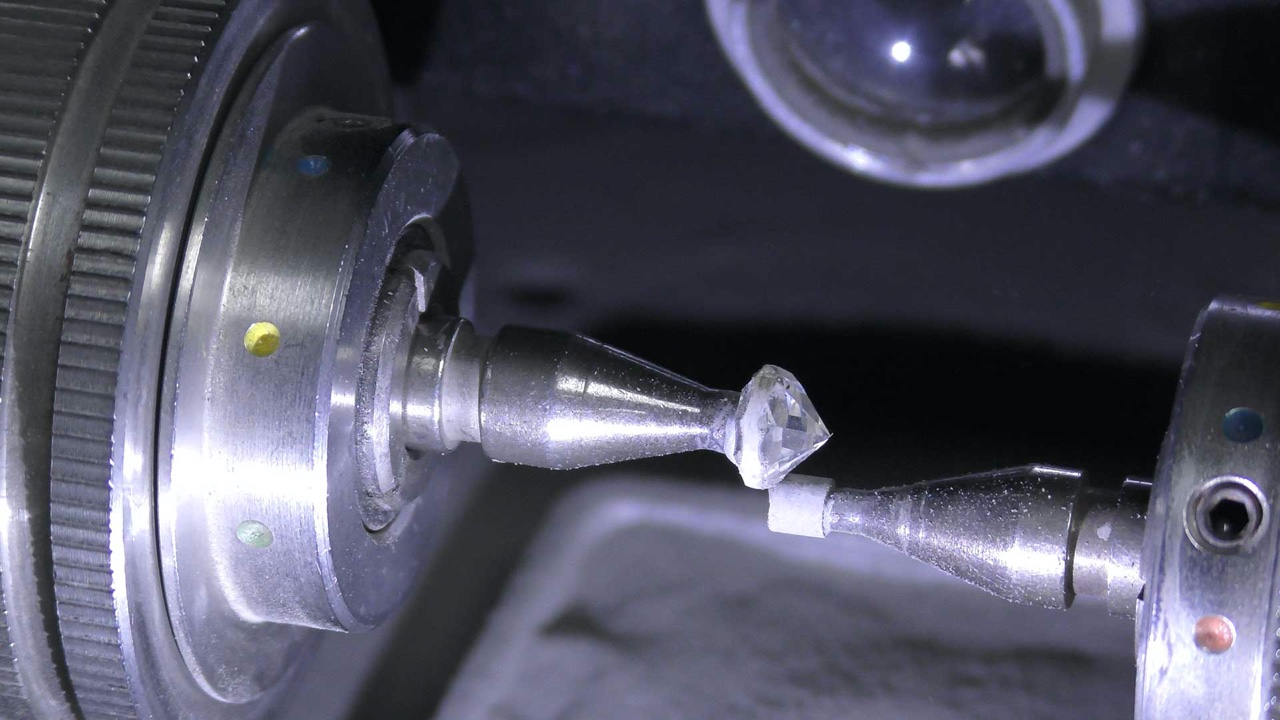
Diamond Symmetry
Symmetry describes the symmetrical accuracy of the facets of the diamond in terms of dimensions and angles, as well as the centering of the table and the centering of the breech point of the diamond. A higher level of symmetry creates optimal shine and scintillation.
Our recommandation
We advise you to choose a diamond with a symmetry rating equal to Excellent (EX) or Very Good (VG) to maximize the sparkle.
EXExcellent
VGVery Good
GGood
FFair
PPoor
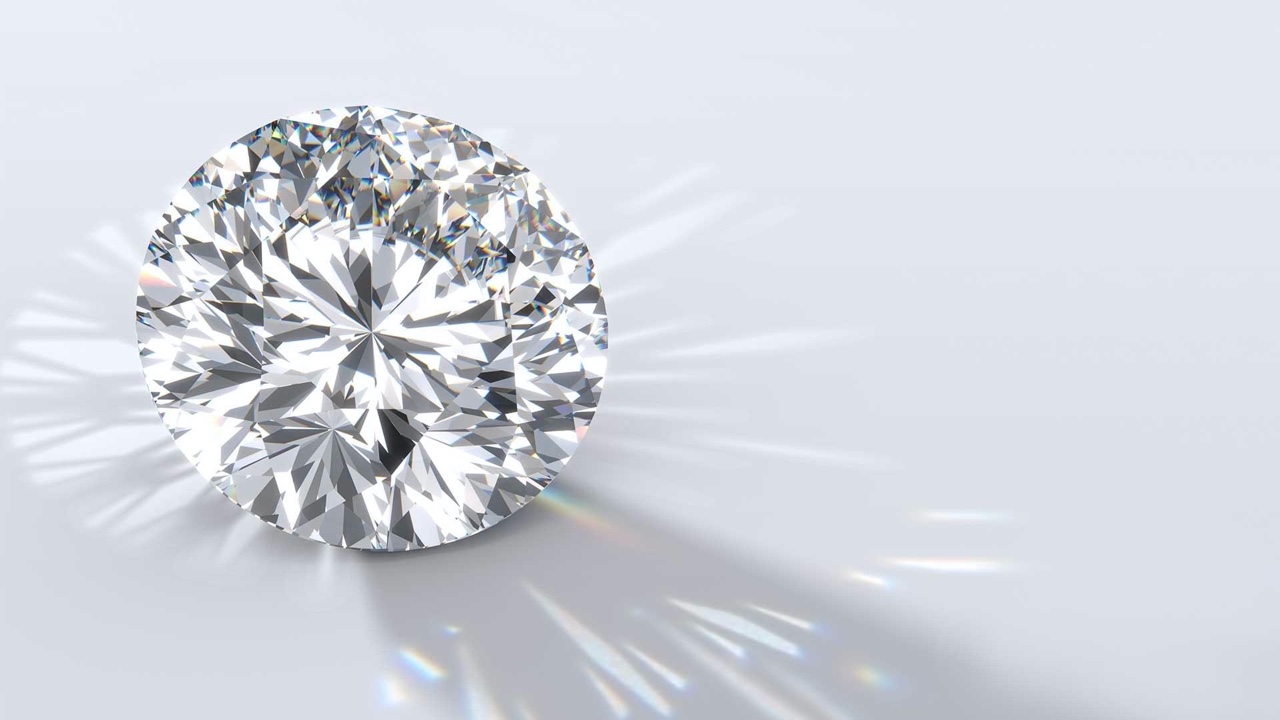
In partnership with Everledger, the world's leading blockchain technology company, we are setting the standards for a new way of working in the diamond industry and continuing to drive transparency and accountability for our industry players. State-of-the-art blockchain-based technology has been integrated into our supply chain to transparently and securely track the origin of stones and provide greater assurance to our customers about the provenance of our diamonds.
Thanks to the partnership with the Blockchain Everledger technology, our website i-diamants.com now allows you to know where your diamond comes from. On our diamond catalog, when you select the “Traceable via the Everledger blockchain” filter, you can choose a diamond that has been traced from its country of origin via the Everledger blockchain. This transparency on the origin of the diamonds allows you to be sure of the following 2 fundamental points:
- Your diamond comes from countries at peace and signatories of the Kimberley Process
- The chain of subcontractors is Responsible Jewelery Council certified, the human and environmental criteria are evaluated, audited and collected regularly (even if these points obviously require continuous improvement).
Diamond origins
For these diamonds, the country of origin of the diamond is mentioned on the GIA certificate. To be able to trace a diamond from rough to cut, GIA collects and analyzes the physical measurements, spectroscopic data and imagery of the rough diamond before it is cut. An identification number is assigned to the rough diamond. The GIA later uses this data to scientifically match the cut diamond to the original rough diamond from which it came.
